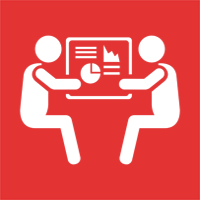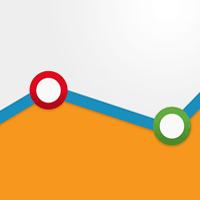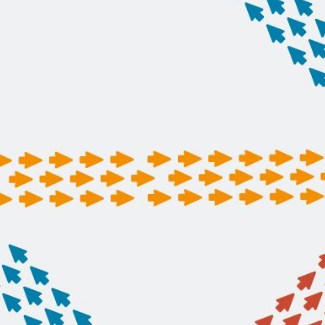Capitalize on Your Data with Predictive Analytics

Attracting and retaining customers is the primary goal of any business, be it a major corporation or a small, at home enterprise. One of the advantages of Web-based business is the availability of key data from which to measure performance.
There exists one of these processes that can analyze buyers' profiles, allowing marketers and managers to predict consumer preferences on an individual basis. It's called Predictive Analytics.
What makes Predictive Analytics unique is that it enables companies to customize a marketing and retention campaign message for each customer. Predictive Analytics is the only type of analytics that produces predictive scores for each customer.
Businesses and Customers benefit by:
- Determining they types of items or services customers are likely to purchase next, or which customers are likely to migrate elsewhere
- Churn is reduced and customer satisfaction is increased
- Products and services are delivered that meet the exact needs of the client
For a more in-depth review, I interviewed a specialist on the topic. Dr. Eric Siegel is a former computer science professor at Columbia University and the President of Prediction Impact, a Predictive Analytics consulting and training company based in San Francisco, CA.
What is Predictive Analytics and what does it accomplish?
Predictive Analytics is business intelligence technology that produces predictive scores for each individual customer or prospect. What you need to do before employing Predictive Analytics is first decide which customer behavior will be most valuable to predict - such as predicting which customer is most likely to respond to an offer or which customer is most likely to cancel their subscription. And the next thing you need to do is prepare the data. Your data, which is essentially your organization's collective experience, is leveraged by predictive analytics to produce predictive models, and in so doing you're actually learning from experience.
What kind of investment in infrastructure required?
Well, you can start with a pilot initiative for very little, in the way of hardware and software requirements. And this is also a place to start - to achieve a proof-of-principle, demonstrating what kind of return-on-investment can be achieved, such as improved customer retention or increased profitability of a campaign. In this case, the core predictive modeling can usually be done with free evaluation software licenses or with a free open-source tool.
Having said that, it's important to note that you do need expertise in Predictive Analytics - by way of internal resources, employing professional services or both. This expertise is needed to optimally position the technology in order to determine the kind of behavior that's going to be most valuable to predict on the business side. More technically, what data is required to achieve that prediction goal, and how do you prepare the existing data so that the resulting predictions you end up getting will be accurate and business-actionable? And then you apply what's learned by way of directing, let's say, a retention campaign. Or, selecting targeted content on a per-customer basis based on what product or message each customer is most likely to respond.
How do companies benefit?
The business case for a Predictive Analytics initiative is clear. Knowing which customers are worth targeting for a specified offer is about as actionable as business intelligence can get.
To be more specific, let's say we generate scores to predict the risk each customer has of canceling or defecting from a subscription-based service. Targeted customer retention has impacts on such businesses - such as ISPs, magazine subscriptions, online dating you name it.
Retention offers - say discounts - are usually expensive. You can't extend the offer to all subscribers. The only way to target a retention campaign precisely where it's needed is with predictive scores that earmark which customers are most likely to leave. When you follow these predictions, you don't expend the cost of the offer on customers that don't need it. So, the campaign ROI is much better, growth rates improve and bottom-line profit increases.
In general, with Predictive Analytics each customer's predictive score informs actions to be taken with that customer. You just can't get more actionable than that.
About the Author: Bill Cullifer is an Executive Director and Founder of the non-profit professional association World Organization of Webmasters (WOW). Learn more at www.webprofessionals.org. For in depth interviews, case studies and more visit www.predictiveanalytics.org.










